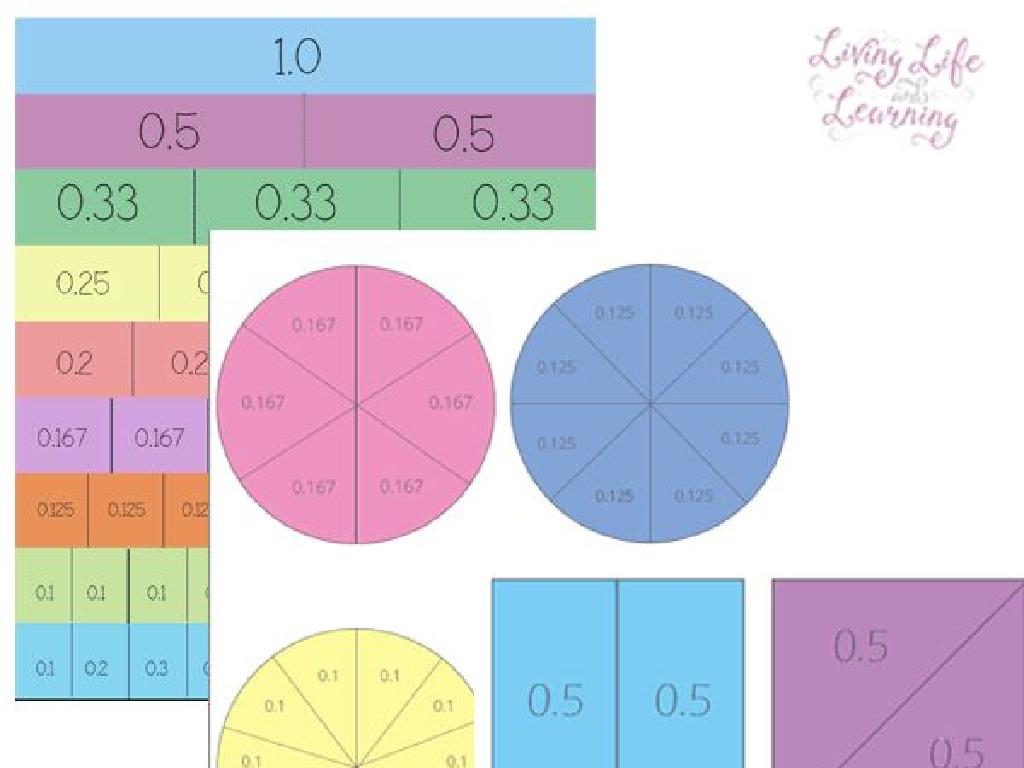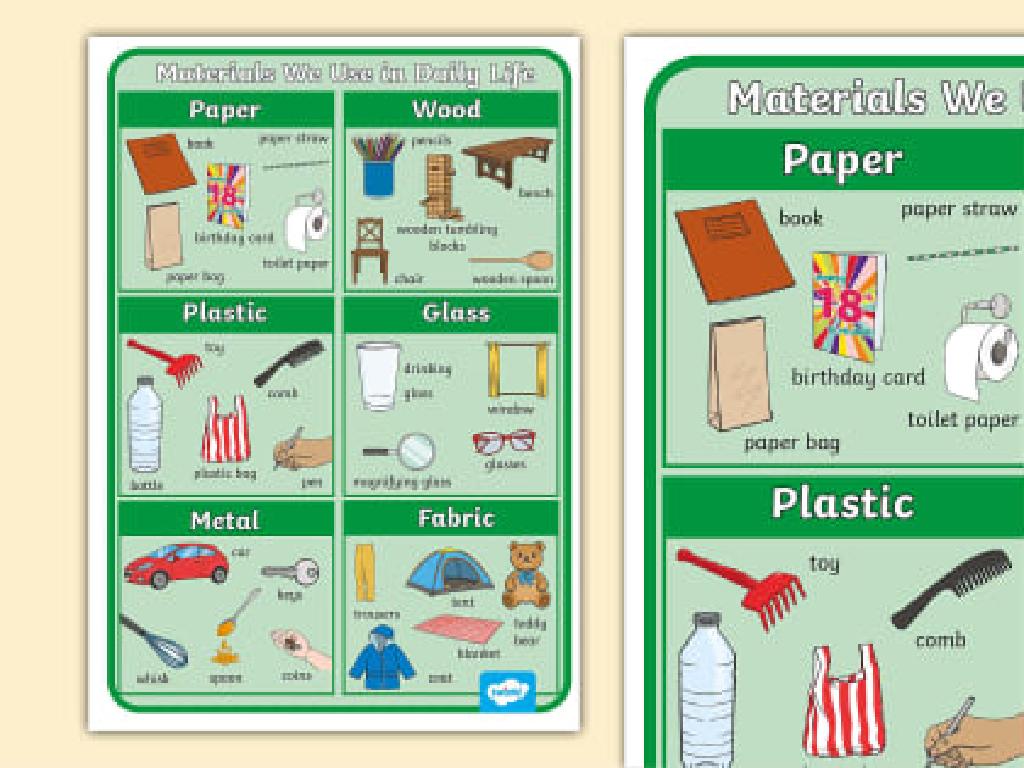Prehistoric Art
Subject: Arts and humanities
Grade: High school
Topic: Art History
Please LOG IN to download the presentation. Access is available to registered users only.
View More Content
Exploring Prehistoric Art
– Prehistoric Art in Art History
– Earliest forms of human expression, foundation of art history.
– Timeline of the Prehistoric Period
– Prehistoric period dates from 2.5 million years ago to 1200 BCE.
– Significance of Studying Prehistoric Art
– Reveals early human creativity, beliefs, and evolution.
– Insights into Ancient Cultures
– Art as a window into the daily life, rituals, and survival of early humans.
|
This slide introduces students to the concept of Prehistoric Art as an essential part of Art History. It’s important to establish a timeline, helping students understand that the prehistoric period encompasses a vast timeframe before written records existed. Studying prehistoric art is crucial as it provides insights into the early development of human creativity and communication. It also allows us to glimpse the beliefs, rituals, and daily life of our ancestors. Encourage students to consider how art has evolved and what it can tell us about human history and cultural development. This sets the stage for deeper exploration into the various forms of prehistoric art and their significance.
Discovering Prehistoric Times through Art
– Define prehistoric times
– Period before written records, crucial for understanding human origins.
– Art’s role in early human life
– Art reflects daily life, beliefs, and rituals of early humans.
– Methods to find and date art
– Use carbon dating and stratigraphy for age determination.
– Significance of prehistoric art
– Art provides insights into the culture and intellect of our ancestors.
|
This slide aims to introduce students to the concept of prehistoric times and its importance in the study of human history. Prehistoric art serves as a window into the lives of our ancestors, revealing their daily activities, spiritual beliefs, and societal structures. Techniques such as carbon dating and analyzing geological layers help archaeologists date these artworks and understand the context in which they were created. Discussing the significance of prehistoric art will help students appreciate the ingenuity and creativity of early humans, despite the lack of modern tools and technology.
Types of Prehistoric Art
– Cave Paintings: Lascaux & Chauvet
– Explore the significance of ancient cave art found in France.
– Venus Figurines: Symbolism
– Discuss the possible meanings behind these Paleolithic sculptures.
– Megaliths: Stonehenge
– Learn about the construction and purpose of megalithic structures.
– Understanding Prehistoric Creativity
|
This slide aims to introduce students to the various forms of prehistoric art, emphasizing the diversity and sophistication of early human creativity. Cave paintings, such as those in Lascaux and Chauvet, provide insight into the lives and beliefs of our ancestors. Venus figurines, with their exaggerated features, have sparked numerous theories regarding their symbolism, ranging from fertility to aesthetics. Megaliths like Stonehenge demonstrate the early human capacity for large-scale organization and construction. Encourage students to consider the cultural significance of these artifacts and to reflect on what they reveal about prehistoric societies. This discussion can lead to a deeper appreciation of the origins of art and its role in human history.
Techniques and Materials in Prehistoric Art
– Natural pigments in prehistoric art
– Artists used materials like ochre, charcoal, and hematite.
– Process of cave paintings
– They mixed pigments with water, blood, or animal fat to paint.
– Techniques for carvings
– Carvings were made using stones, bones, or antlers as tools.
– Preserving ancient artworks
– Factors like cave climate helped preserve these ancient pieces.
|
This slide delves into the fascinating world of prehistoric art, highlighting the resourcefulness of early artists in their use of natural pigments and tools. Students should understand that these materials were sourced from the environment, demonstrating a deep connection with nature. The creation of cave paintings often involved mixing pigments with natural binders, while carvings required the use of rudimentary tools. Preservation of these artworks was largely due to natural factors, such as the stable climate of caves, which inadvertently protected them from the elements. Encourage students to consider the ingenuity required to create and preserve art with limited resources, and discuss the significance of these ancient artworks in understanding our ancestors.
Understanding Prehistoric Art
– Interpreting prehistoric symbols
– Symbols and motifs as communication forms
– Art’s role in ancient societies
– Art as a societal and ritualistic function
– Comparing regional prehistoric art
– Similarities and differences in global prehistoric art
|
This slide aims to delve into the complexities of prehistoric art, focusing on the interpretation of symbols and motifs which served as early forms of communication. Students should consider how art reflects the beliefs, values, and daily life of prehistoric societies, often playing a central role in rituals and community gatherings. Encourage students to compare and contrast prehistoric art from different regions, noting how geography and available materials influenced artistic expression. This comparison will help students appreciate the diversity and commonalities of early human creativity. Provide examples like cave paintings from Lascaux and Aboriginal rock art to illustrate these points.
Class Activity: Create Your Own Cave Painting
– Gather materials for cave painting
– Use charcoal and pigments to paint
– Emulate prehistoric art techniques
– Mimic ancient methods like finger painting, blowing pigment, or using rudimentary brushes.
– Discuss the story behind your art
|
This activity is designed to give students a hands-on experience with prehistoric art techniques. Provide brown craft paper as a canvas, and charcoal and natural pigments for painting. Encourage students to think about the stories that prehistoric people might have told through their art. After creating their paintings, students will share their artwork with the class and discuss the narrative behind their creations. Possible variations of the activity could include using different materials to represent different natural pigments or attempting to recreate actual prehistoric images. This activity will help students appreciate the creativity and resourcefulness of early humans and the importance of storytelling in art.



/mla_works_cited_format.png)


